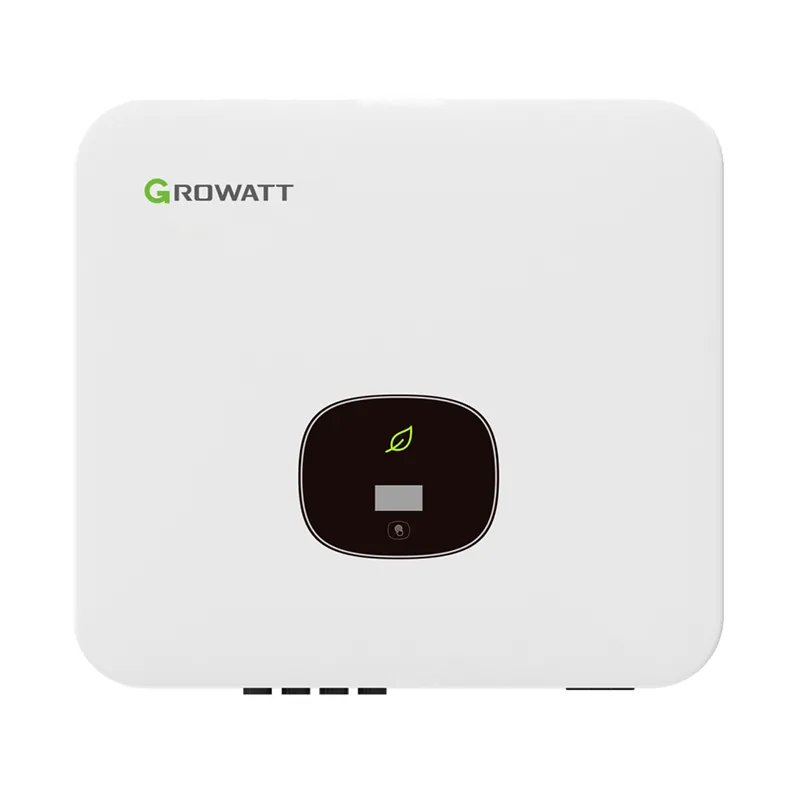solar panel string inverter
Understanding Solar Panel String Inverters A Key Component of Solar Power Systems
In recent years, the adoption of solar energy has surged, driven by a growing awareness of environmental issues and the desire for sustainable energy solutions. Among the pivotal components of solar energy systems are solar panel string inverters. These devices play a crucial role in converting solar energy into usable electricity, and understanding their function and benefits is essential for anyone considering solar energy for their home or business.
What is a String Inverter?
A string inverter is a type of inverter used in solar energy systems to convert direct current (DC) electricity generated by solar panels into alternating current (AC) electricity, which is required for most household appliances and grid compatibility. In a typical setup, multiple solar panels are connected in series, forming a string, which feeds the collected DC output to the string inverter.
How Does a String Inverter Work?
1. Conversion Process The solar panels generate DC electricity when sunlight hits them. The string inverter takes this DC electricity and converts it into AC electricity using a process called pulse-width modulation (PWM). This process adjusts the width of the pulses of the DC signal, creating a smoother and more usable AC waveform.
2. Performance Monitoring String inverters often include monitoring capabilities that allow users to track the performance of individual solar panels or the entire system. This feature is crucial for identifying potential issues, optimizing performance, and ensuring that the solar energy system operates at peak efficiency.
3. Safety Features String inverters are equipped with various safety features, including anti-islanding protection. This ensures that the inverter will shut down if the electrical grid goes down, preventing any back-feed of electricity that could endanger utility workers or equipment.
Advantages of String Inverters
solar panel string inverter

1. Cost-Effectiveness String inverters are generally more affordable compared to other inverter types, such as microinverters or power optimizers. This makes them an attractive choice for residential and commercial solar installations, especially for those looking for an economical solution.
2. Simplicity and Reliability String inverters have a straightforward installation process and fewer components than more complex systems. Their reliability is well-established, making them a popular choice for many solar energy systems.
3. Suitable for Larger Installations String inverters are particularly effective for larger solar panel systems, as they can handle multiple strings of panels simultaneously. This scalability is advantageous for commercial applications where space allows for an extensive array of solar panels.
4. Easy Maintenance Inverters require regular maintenance to ensure optimal performance. String inverters, being centralized systems, make it easier to troubleshoot issues and perform maintenance without needing to assess multiple individual units.
Disadvantages of String Inverters
While string inverters have numerous benefits, they also present some challenges. One primary drawback is their vulnerability to shading issues. If one panel in the string is shaded or underperforming, it can reduce the overall output of the entire string. This issue can lead to inefficiencies, especially in installations where shading from trees or buildings is a concern.
Additionally, if a string inverter fails, it can lead to the entire solar panel system becoming inoperable until the inverter is repaired or replaced. This single point of failure is something for potential solar users to consider when choosing their solar energy setup.
Conclusion
Solar panel string inverters are an essential component of modern solar energy systems, enabling the efficient conversion of solar energy into usable electricity. With their cost-effectiveness, simplicity, and reliability, they are ideal for many residential and commercial applications. However, potential challenges, particularly regarding shading and the risk of a single point of failure, must be taken into account. By carefully assessing your energy needs and installation conditions, you can make an informed decision about whether a string inverter is the right choice for your solar energy system. As the world moves toward sustainable energy solutions, understanding these key components is critical in the journey toward harnessing the power of the sun.
-
Unlocking Energy Freedom with the Off Grid Solar InverterNewsJun.06,2025
-
Unlock More Solar Power with a High-Efficiency Bifacial Solar PanelNewsJun.06,2025
-
Power Your Future with High-Efficiency Monocrystalline Solar PanelsNewsJun.06,2025
-
Next-Gen Solar Power Starts with Micro Solar InvertersNewsJun.06,2025
-
Harnessing Peak Efficiency with the On Grid Solar InverterNewsJun.06,2025
-
Discover Unmatched Efficiency with the Latest String Solar InverterNewsJun.06,2025







